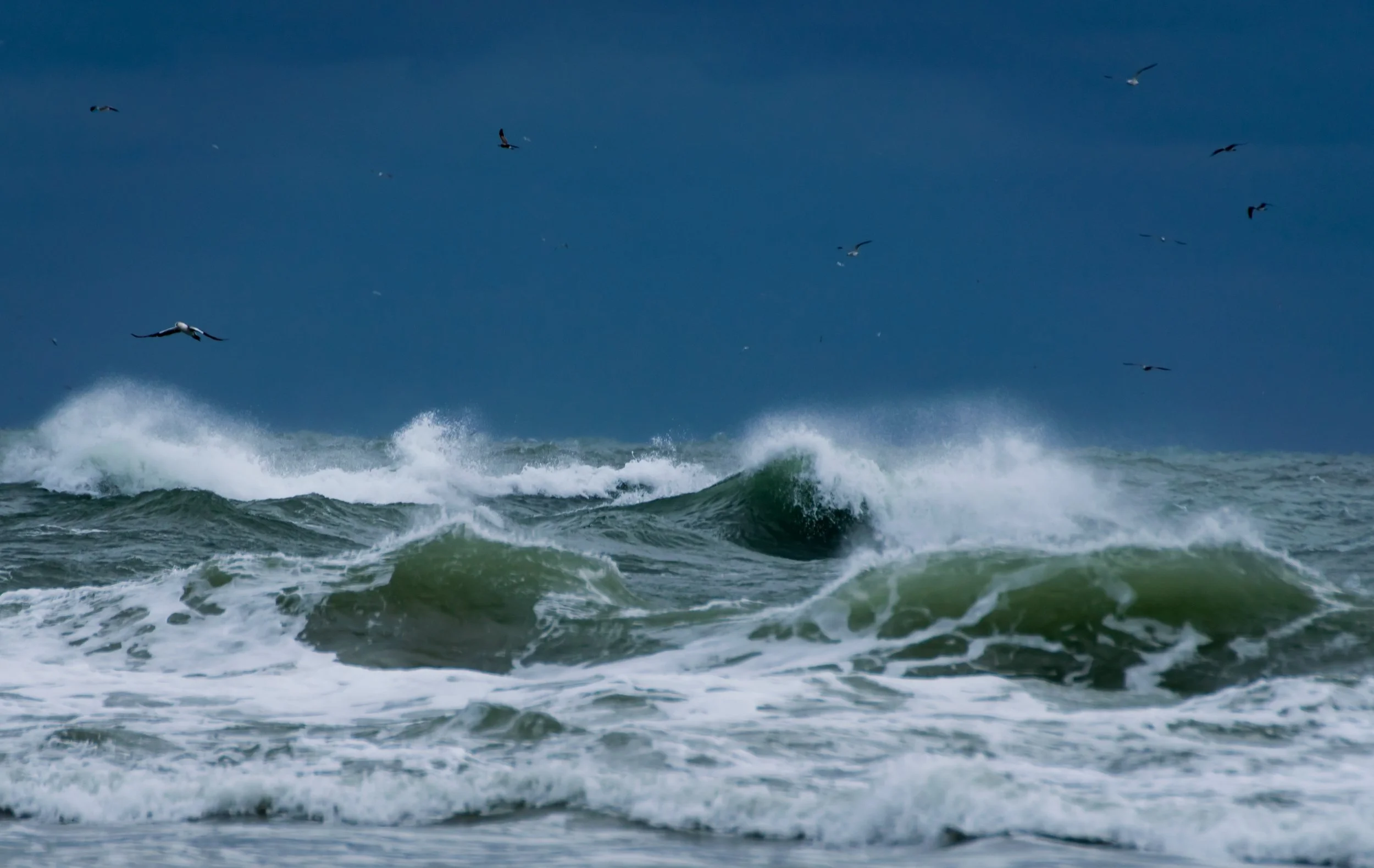Note: If you don’t want to read anything about the end of the world as we know it and my political feelings, head straight to the jump for the actual real estate value!
If you haven’t been hiding under a rock, you’ve probably heard about the new climate change report that states how totally screwed we are. Thanks, Bush et al. for ruining our chances of combatting global warming because it would have messed up your oil profits and excuses for starting unnecessary wars! #angrysince2000 #rememberwheneveryonevotedforGorebutthenhelostbecauseofFlorida?.
If anything, the report is overly conservative in its guesses of how screwed we are. One of the issues with climate scientists is that they are, in a way, like Congress. By the time they all agree on the specifics and nitty gritty, their initial report has been whittled away to something far more moderate and potentially less helpful/accurate than reality. Within my lifetime, it is entirely possible that the whole West Antarctic shelf will melt into the ocean and raise sea level by up to 20ft. Read that again. Think about it. Then exist in the blind terror and panic that has seized me for the past two weeks when I’m not too busy being angry about everything else.
I don’t know that Manhattan would survive a 20ft sea level increase, regardless of what the incredible architects and city planners are able to do. But hey, my house in Virginia would then become waterfront property! I’ll be killin’ it! Ocean City, baby! It is interesting, however, that while Rick Scott and Mark Rubio deny climate change while Miami is literally underwater, at least in NYC we openly understand that global warming is a real thing affecting our city, and taking steps for preparedness and mitigating the fallout.
Thanks, New York, for living in reality when so many politicians are hanging out with their heads in the sand (sand like on the beaches that are totally about to be super underwater).
Today at our all agent meeting, two brokers were presenting on a new development on Rockaway Beach, known as One Sixteen. Hurricane Sandy decimated the area in 2012, but train service has been restored and much of the community has been rebuilt. Grants, tax breaks, and government subsidies have incentivized new growth, both commercial and residential.
Unlike other areas that are consistently hit by hurricanes (Carolinas, Florida), Sandy was a weird confluence of events that it isn’t expected to be repeated in the near future. But real estate agents, developers, and consumers in this area are still aware of the threats, while the city is taking real steps to ensure that as they rebuild and revitalize areas destroyed by the hurricane, these new projects will be more storm resistant.
New York City sits barely above sea level, and is definitely vulnerable to flooding as a result of storm surges. Staten Island is already frequently underwater, so maybe there’s no hope for them, but the rest of us can rest slightly easier knowing that Hurricane Sandy motivated actual changes in how the city approaches inclement weather.
In the Rockaways, the beach and boardwalk have been rebuilt after being washed away. The new boardwalk is concrete with sunken steel pilings, greatly increasing its ability to withstand hurricanes. Nearby, in Coney Island, a T-groin has been constructed from manmade materials and then covered with sand, providing artificial sandbars that protect the coast. BIG U is a two part Manhattan levee project, one along the East River up to 25th St, and one neighboring downtown to Battery Park City. It will also increase the amount of running paths and parks along the waterfront.
These are just a handful; here’s a map of all of the projects currently in the works in NYC. It’s staggering how much construction is constantly ongoing here, and reassuring that so much of it is going towards creating a more sustainable and functional future for the city.



